Core Exercises
Updated:
The following Core Exercises are designed to improve your core strength, core stability, balance, co-ordination and posture. The exercises target the main core muscles of the body such as the abdominals, gluteals and lumbar extensors. Core stability is an important component of injury prevention and athletic performance. You should discuss the suitability of these Core Exercises with your physiotherapist prior to beginning them. As a rule, they should only be performed provided they do not cause or increase pain.
The following Core Exercises should be performed approximately 1 – 3 times per week. Ideally they should not be performed on consecutive days, to allow muscle recovery. As your core strength and control improves, the exercises can be progressed by gradually increasing the repetitions, number of sets or frequency of the exercises. Generally, you should begin with the Basic Core Exercises, once these become too easy, gradually progress to the Intermediate Core Exercises, and once these become too easy, gradually progress to the Advanced Core Exercises.
Core Exercises – Basic
Transversus Abdominis Activation
Begin this core exercise lying on your back as demonstrated (figure 1). Slowly pull your belly button in, “away from your belt line”, and breathe normally. Your rib cage should remain relaxed and should not elevate during this process. You should be able to feel the muscle contracting if you press deeply 2cm in from the bony prominence at the front of your pelvis (figure 1). Practise holding this muscle at one third of a maximal contraction for as long as possible during everyday activities (e.g. when walking etc.) provided it is pain free. Repeat this core exercise 3 times daily.

Bridging
Begin this core exercise lying on your back in the position demonstrated (figure 2). Slowly lift your bottom pushing through your feet, until your knees, hips and shoulders are in a straight line. Tighten your bottom muscles (gluteals) as you do this. Hold for 2 seconds and then return to the starting position. Perform 1 – 3 sets of 10 repetitions provided the exercise is pain free. Maintain activation of your transversus abdominis muscle throughout the exercise.
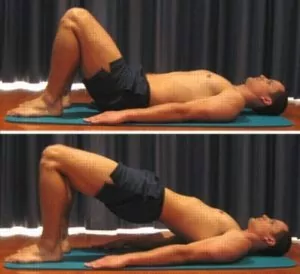
Abdominal Crunch
Begin this core exercise lying on your back, with your knees bent and your hands on the sides of your head as demonstrated (figure 3). Keeping your neck straight, slowly lift your shoulders and trunk off the ground, tightening your abdominals. Perform 1 – 3 sets of 10 repetitions provided the exercise is pain free. Maintain activation of your transversus abdominis muscle throughout the exercise.
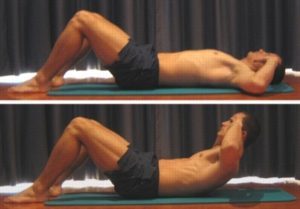
Prone Hold
Begin this core exercise propped up on your elbows and toes, in a tall, straight posture as demonstrated (figure 4). Maintain activation of your transversus abdominis muscle during the exercise. Try to keep your spine and pelvis still and breathe normally. Hold this position for as long as possible provided it is pain free and you are maintaining good posture. Repeat 3 times.
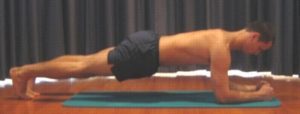
Four Point Kneeling Opposite Arm & Leg Raises
Begin this core exercise in Four Point Kneeling as demonstrated (figure 5). Maintain good posture and activation of your transversus abdominis muscle throughout the exercise. Slowly raise one arm and the opposite leg and then return to the starting position. Keep your spine and pelvis still throughout the exercise and breathe normally. Perform 1 – 3 sets of 10 repetitions, provided the exercise is pain free, alternating between sides.

Side Holds
Begin this core exercise propped up on one elbow and foot with your back straight as demonstrated (figure 6). Maintain activation of your transversus abdominis muscle throughout the exercise. Hold the position for as long as possible provided it is pain free and you are maintaining good posture. Repeat 3 times on each side.
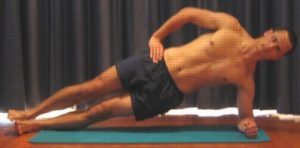
Roll Outs
Begin this core exercise in kneeling with your hands on a Swiss Ball and in good posture, as demonstrated (figure 7). Maintain activation of your transversus abdominis muscle throughout the exercise. Slowly roll the Swiss Ball forwards, moving at your knees, keeping your back, hips and arms straight, then return to the starting position. Keep your spine and pelvis still throughout the exercise and breathe normally. Perform 1 – 3 sets of 10 repetitions provided the exercise is pain free.

Core Exercises – Intermediate

Members Only ContentBecome a PhysioAdvisor Member to gain full access to this exclusive content. For more details see Become a Member. Already a member? Login Now
Core Exercises – Advanced

Members Only ContentBecome a PhysioAdvisor Member to gain full access to this exclusive content. For more details see Become a Member. Already a member? Login Now
 Physiotherapy Products for Core Exercises and Rehabilitation
Physiotherapy Products for Core Exercises and Rehabilitation
-
 OPPO – Posture Aid / Clavicle Brace (OPP2075)
OPPO – Posture Aid / Clavicle Brace (OPP2075) -
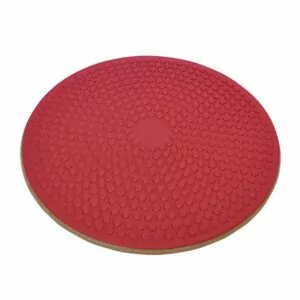 AllCare Wobble Board (Red – ACWOBRD)
AllCare Wobble Board (Red – ACWOBRD) -
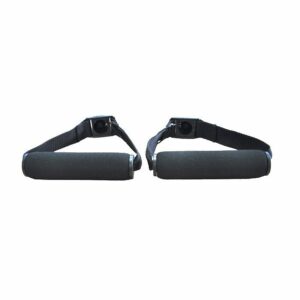 AllCare Adjustable Exercise Handles (Pair)
AllCare Adjustable Exercise Handles (Pair) -
 AllCare Band
AllCare Band -
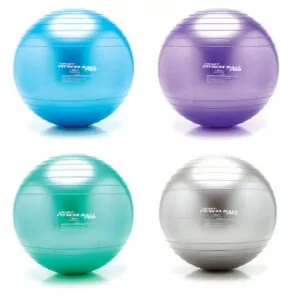 Fitness Ball Pro – Loumet
Fitness Ball Pro – Loumet -
 AllCare Tubing
AllCare Tubing -
 AllCare Spikey Massage Ball
AllCare Spikey Massage Ball -
 AllCare Foam Roller Round
AllCare Foam Roller Round -
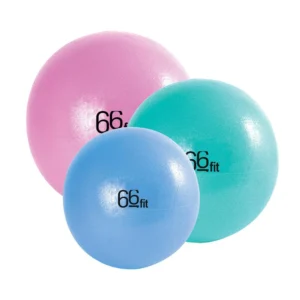 66 Fit Pilates Ball
66 Fit Pilates Ball -
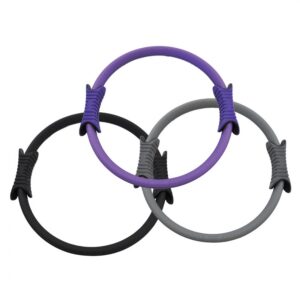 Allcare Pilates Ring
Allcare Pilates Ring -
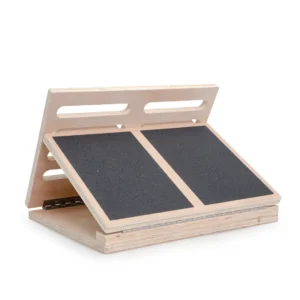 66Fit Wooden Adjustable Decline Board
66Fit Wooden Adjustable Decline Board -
 66 Fit Height Adjustable Aerobic Step
66 Fit Height Adjustable Aerobic Step -
 Comffit Pilates & Yoga Sticky Mat 6mm
Comffit Pilates & Yoga Sticky Mat 6mm -
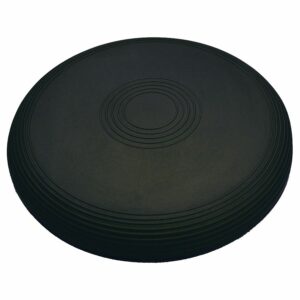 Lournet Stability Dura Disc
Lournet Stability Dura Disc -
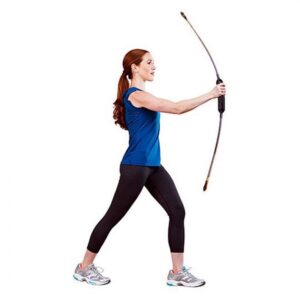 Body Blade
Body Blade -
 Dr MED Reinforced Elastic Back Brace
Dr MED Reinforced Elastic Back Brace -
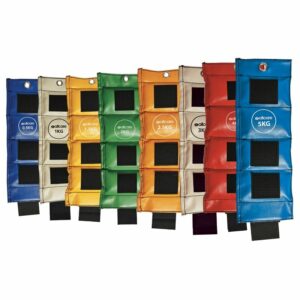 AllCare Vinyl Ankle Weight (Single)
AllCare Vinyl Ankle Weight (Single)
To purchase physiotherapy products to assist with core exercises and rehabilitation click on one of the above links or visit the PhysioAdvisor Shop.
 More Exercises
More Exercises
- View Lower Back Stretches
- View Upper Body Massage Ball Exercises
- View Upper Body Foam Roller Exercises
- View Basic Pilates Exercises
- View Basic Swissball Exercises
 Find a Physio to assist with Core Exercises
Find a Physio to assist with Core Exercises
Find a physiotherapist who can assist with core exercises and rehabilitation.
Become a PhysioAdvisor Member

Link to this Page
If you would like to link to this article on your website, simply copy the code below and add it to your page:
<a href="https://physioadvisor.com.au/exercises/popular-programs/core-exercises”>Core Exercises – PhysioAdvisor.com</a><br/>PhysioAdvisor offers detailed physiotherapy information on progressive core exercises including basic, intermediate and advanced core exercises to improve core stability.
Return to the top of Core Exercises.

